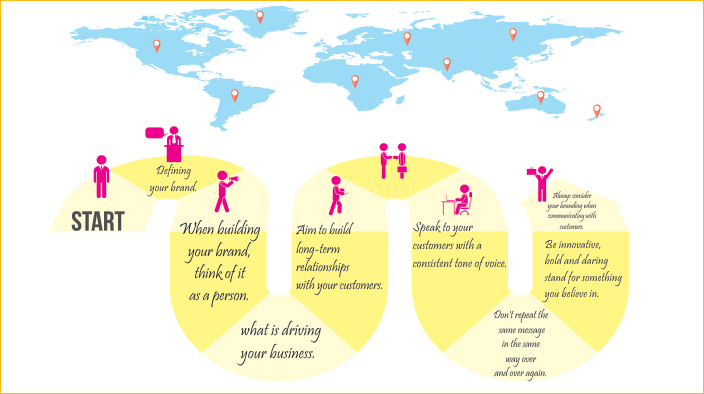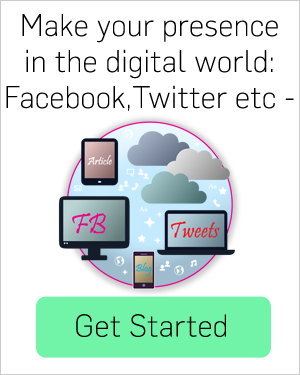

Company Branding
A brand is the idea or image of a specific product or service that consumers connect with, by identifying the name, logo, slogan, or design of the company who owns the idea or image. Branding is when that idea or image is marketed so that it is recognizable by more and more people, and identified with a certain service or product when there are many other companies offering the same service or product. Advertising professionals work on branding not only to build brand recognition, but also to build good reputations and a set of standards to which the company should strive to maintain or surpass. Branding is an important part of Internet commerce, as branding allows companies to build their reputations as well as expand beyond the original product and service, and add to the revenue generated by the original brand.
Branding is a way of defining your business to yourself, your team and your external audiences. It could be called the business’ “identity”, but only on the understanding that it embodies the core of what the business is and its values, not just what it looks and sounds like. Customers of all sorts of businesses are so savvy today that they can see through most attempts by companies to gloss, spin or charm their way to sales.
What is the difference between marketing and branding?
Marketing is an essential tool for the success of all business and non-profit activity. What matters is not what you do, what matters is that you communicate what you do so that others will take interest in it, buy it, support it, join it, and tell friends about it.
A brand always has many elements: colors, words, photography, logos, ads…all of which may have been independently developed over time without strategic brand guidance. As a result they do not reflect or amplify a coherent and unified message.
- Start by defining your brand.
- When building your brand, think of it as a person.
- Consider what is driving your business.
- Aim to build long-term relationships with your customers.
- Speak to your customers with a consistent tone of voice.
- Don't repeat the same message in the same way over and over again.
- Don’t try to mimic the look of chains or big brands.
- Be innovative, bold and daring – stand for something you believe in.
- Always consider your branding when communicating with customers.
- The old way of stamping your logo on everything won't cut it.


